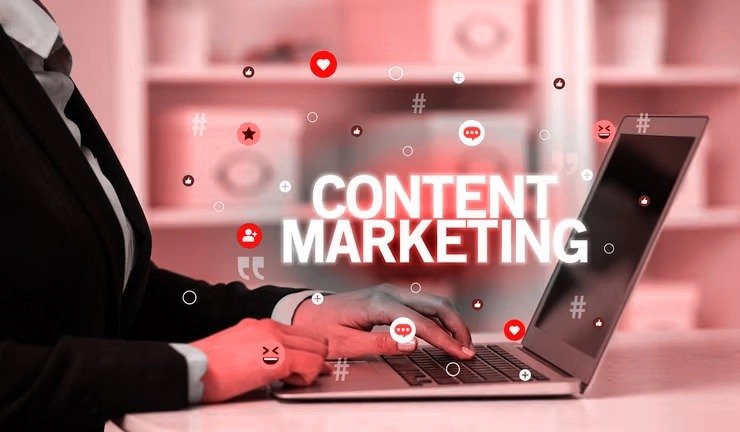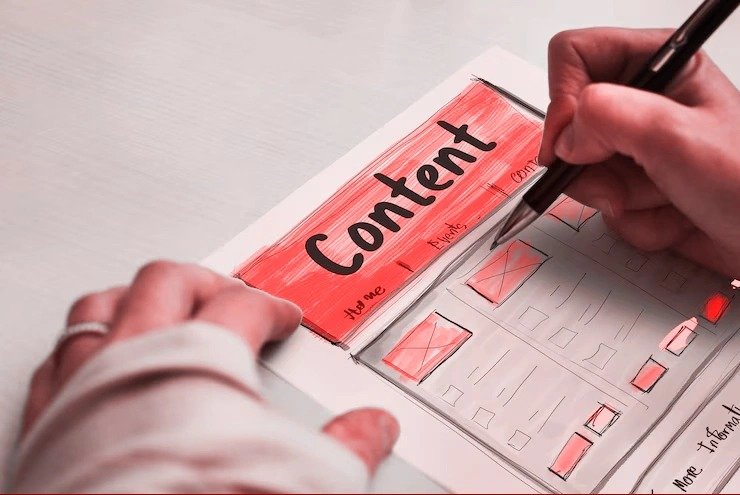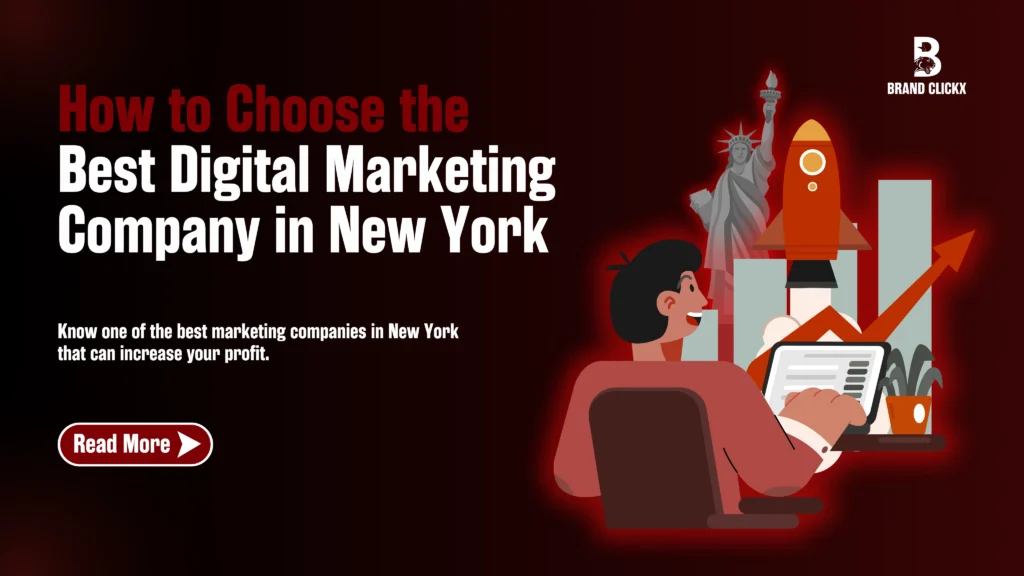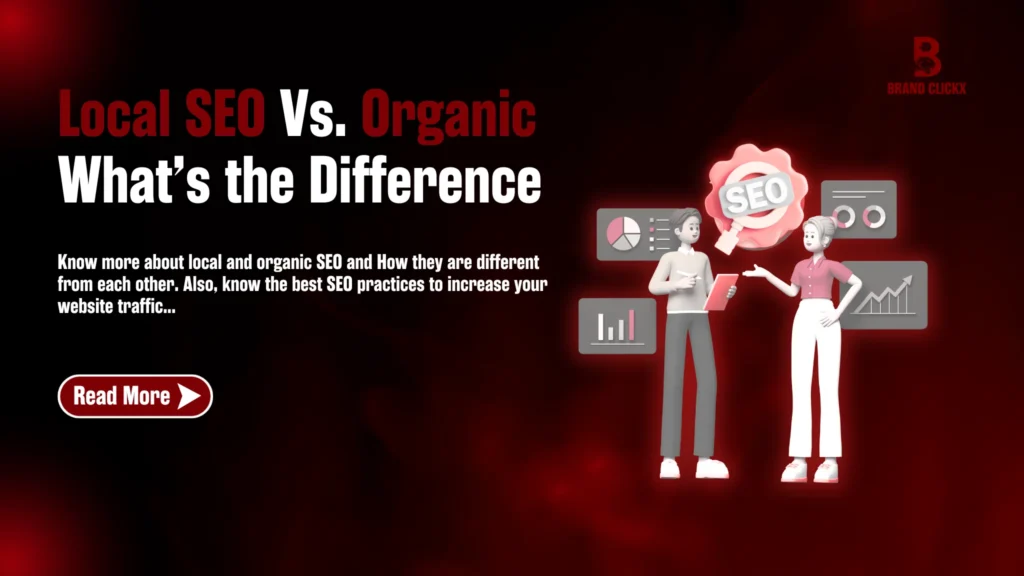Introduction
In today’s digital world, content is everywhere. From blog posts and social media updates to product videos and email newsletters, businesses are constantly producing content. But here’s the catch: not all content drives results. Creating content for the sake of publishing something is no longer enough. If you’re serious about growing your business in 2025, you need content that does more than attract views—it should convert visitors into leads and leads into loyal customers. That’s where strong content marketing strategies come into play.
This guide is crafted for content marketers and business owners who want to produce content that not only resonates with their audience but also moves them to take action. We’ll dive into how to build precise buyer personas, align content with the buyer’s journey, leverage storytelling, master CTAs, and measure what’s really working.
Let’s explore how to craft content that converts in 2025.
Why Content Marketing Strategies Matter in 2025
In the ever-evolving digital space, consumer behavior continues to shift. People no longer just consume content—they interact with it, compare it, and make decisions based on how it speaks to their needs. That’s why having a clear, well-planned content marketing strategy is crucial.
A strong content marketing strategy ensures:
- Your content reaches the right audience
- Your message stays consistent across platforms
- Your marketing efforts are goal-driven
- You can measure what’s working (and what’s not)
Content today must be personalized, relevant, and timely. Without a content marketing strategy, your content becomes noise. With one, it becomes a path to conversion.
Know Your Audience: Building Effective Buyer Personas
One of the biggest mistakes brands make is trying to appeal to everyone. Effective content speaks directly to the person reading it—and that’s only possible if you know who you’re speaking to. Enter: buyer personas.
What is a Buyer Persona?
A buyer persona is a semi-fictional representation of your ideal customer. It’s built using real data, market research, and insights from your current customers. Each persona includes details like:
- Demographics (age, gender, location)
- Job role and industry
- Pain points and goals
- Buying behavior
- Preferred channels and content types
Why Personas Matter
Personas help you:
- Create tailored messages that resonate
- Choose the right content formats
- Predict user behavior and anticipate objections
For example, if your persona is “Startup Sarah,” a 32-year-old founder of a tech company looking to scale, you’ll know she values quick insights, automation tips, and case studies showing ROI.

How to Build Personas
- Interview your customers: Understand what challenges they face and what solutions they’re looking for.
- Check analytics: Look at who visits your website and engages with your content.
- Collaborate with sales teams: They know firsthand what prospects are asking.
With detailed buyer personas, every piece of content becomes laser-focused, improving engagement and conversions.
The Content Funnel: Mapping Content to the Buyer’s Journey
Once you understand your audience, the next step is knowing when and how to reach them. That’s where the content funnel comes in. Think of it as the path a buyer takes from discovering your brand to making a purchase.
TOFU: Top of the Funnel
Here, your goal is to create awareness and draw people in. They might not know they have a problem or that your brand exists.
Content types: Blog posts, social media content, explainer videos, how-to guides
Example: “10 Signs Your Business Needs a CRM System”
MOFU: Middle of the Funnel
This stage is all about consideration. Your audience is now exploring solutions and comparing options.
Content types: Ebooks, case studies, webinars, product comparisons
Example: “How Our CRM Helped a Small Business Boost Sales by 40%”
BOFU: Bottom of the Funnel
Now, your audience is ready to make a decision. Your content should remove final objections and make a compelling case.
Content types: Testimonials, product demos, free trials, discount offers
Example: “Book a 30-Minute Demo and See How Our CRM Works for You”
Mapping your content marketing strategy to the funnel ensures your audience gets the right message at the right time, increasing the chances of conversion.
The Power of Storytelling in Content Marketing
People remember stories more than facts. In 2025, storytelling is not just a buzzword—it’s a competitive advantage.
Why Storytelling Works
- It builds emotional connections
- It makes complex information easier to digest
- It humanizes your brand
Whether you’re explaining a product, sharing a client success story, or presenting your brand’s origin, storytelling brings your message to life.
Proven Storytelling Frameworks
- The Hero’s Journey: Your customer is the hero. Your product is the guide.
- Problem-Agitate-Solution (PAS): Present a problem, stir emotion, and offer a solution.
- Before-After-Bridge: Show life before and after your solution, and bridge the gap.
Tips for Authentic Storytelling
- Be genuine. Don’t over-promise or exaggerate.
- Use real customer testimonials or interviews.
- Keep it simple and focused on a single idea or theme.
Good stories create trust. And trust leads to conversions.

Crafting Magnetic CTAs That Drive Action
You’ve written a great article or published an insightful video. Now what? Without a Call-to-Action (CTA), your content might leave people informed—but inactive.
What Makes a CTA Effective in 2025?
- Clarity: Be specific about what the user should do next.
- Value: Highlight what they gain from taking action.
- Relevance: Match the CTA to the stage of the funnel.
Soft vs. Strong CTAs
- Soft CTA: “Learn more,” “Explore the guide,” “See how it works”
- Strong CTA: “Buy now,” “Get started,” “Book your consultation”
Both have their place. Use soft CTAs for TOFU and MOFU content. Reserve strong CTAs for when your audience is ready to act.
Placement Matters
Don’t just throw CTAs at the end. Test placing them:
- Mid-content
- After major benefits or points
- In navigation bars or pop-ups (used sparingly)
CTAs are the bridge between content and conversion. Design them wisely.
Measuring Success: Tracking Content ROI
Creating content without tracking results is like driving without a map. You need to know what’s working to improve and scale.
Key Metrics to Monitor
- Traffic: How many people are viewing your content?
- Engagement: Are they staying, clicking, or bouncing?
- Leads Generated: Are they subscribing or downloading?
- Conversions: Are they buying, booking, or contacting you?
Tools to Help You Measure
- Google Analytics 4
- HubSpot or other CRM platforms
- Heatmaps (Hotjar, Crazy Egg)
- Social analytics dashboards
How to Improve Content ROI
- Update high-performing posts with new data
- Remove or repurpose low-performing content
- A/B test headlines, CTAs, and formats
Tracking ROI helps you prove the value of content marketing and refine your content marketing strategy for better results.
Future-Proofing Your Content Marketing Strategy
Trends change, but a smart marketer adapts. Here’s how to stay ahead.
Use AI and Automation
- AI tools can help with content ideation, outlines, and even writing first drafts
- Automation can schedule posts, segment audiences, and personalize messaging
Repurpose Content
Turn one blog post into:
- A video script
- A LinkedIn carousel
- An email newsletter
- A short-form video for TikTok or Reels
Stay Agile
- Monitor emerging platforms (Threads, new AI-driven search engines)
- Be ready to pivot strategies based on what the data tells you
- Keep an eye on algorithm changes and SEO trends
Adapting ensures your content marketing strategy continues to engage and convert, no matter how the digital landscape evolves.
How BrandclickX Supports Your Content Goals
At BrandclickX, we understand that creating high-performing content isn’t just about writing. It’s about strategy, clarity, and execution. Whether you need help building buyer personas, crafting funnel-based content, improving storytelling, or tracking your ROI, our team brings the tools and insight needed to elevate your content game.
We’ve worked with growing brands to design smart, measurable content marketing strategies that actually convert. Our subtle blend of creativity, data,and strategic direction helps businesses create content that doesn’t just sound good—but sells.
Conclusion: It’s Time to Create Content That Converts
In 2025, content marketing is more than just publishing blog posts or sending out emails. It’s a structured, strategic, and thoughtful process aimed at driving real business results.
By focusing on your audience, mapping your content to the funnel, using the power of storytelling, and tracking your ROI, you’re not just creating content—you’re building a growth engine.
If you’re ready to take your content from average to high-converting, now is the time to act. BrandclickX is here to support your journey every step of the way.
Frequently Asked Questions
What are the most effective content marketing strategies in 2025?
The most effective content marketing strategies include creating detailed buyer personas, aligning content with the customer journey, using storytelling, optimizing CTAs, and tracking content ROI through data-driven tools.
How do buyer personas influence content creation?
Buyer personas help tailor your messaging to specific audience segments. They ensure that your content addresses the right problems, speaks the right language, and offers solutions that match audience needs.
What types of content work best at different funnel stages?
Top-of-funnel: Blog posts, videos, social content
Middle-of-funnel: Case studies, ebooks, webinars
Bottom-of-funnel: Product demos, testimonials, free trials
How can I tell if my content is actually converting?
Track key metrics like click-through rates, lead form submissions, sales conversions, and bounce rates. Tools like Google Analytics and HubSpot can help you measure performance.
Can storytelling improve engagement and conversions?
Yes, storytelling creates emotional connections, makes your message memorable, and helps build trust. These are essential factors in guiding a customer toward conversion.



